Statistics Assignment: Understanding Variables and Measurement Scales
VerifiedAdded on 2023/04/22
|7
|683
|195
Homework Assignment
AI Summary
This assignment provides a comprehensive overview of basic statistical concepts, focusing on the classification of variables and data types. It includes activities such as classifying variables according to nominal, ordinal, interval, or ratio levels of measurement, and identifying numbers as discrete or continuous. Furthermore, the assignment requires identifying independent, dependent, moderating, mediating, and control variables within given scenarios. The document provides detailed tables illustrating the classification and identification processes, referencing relevant research to support the analysis. This student-contributed solution is available on Desklib, a platform offering a wide range of study tools and resources for students.
1 out of 7
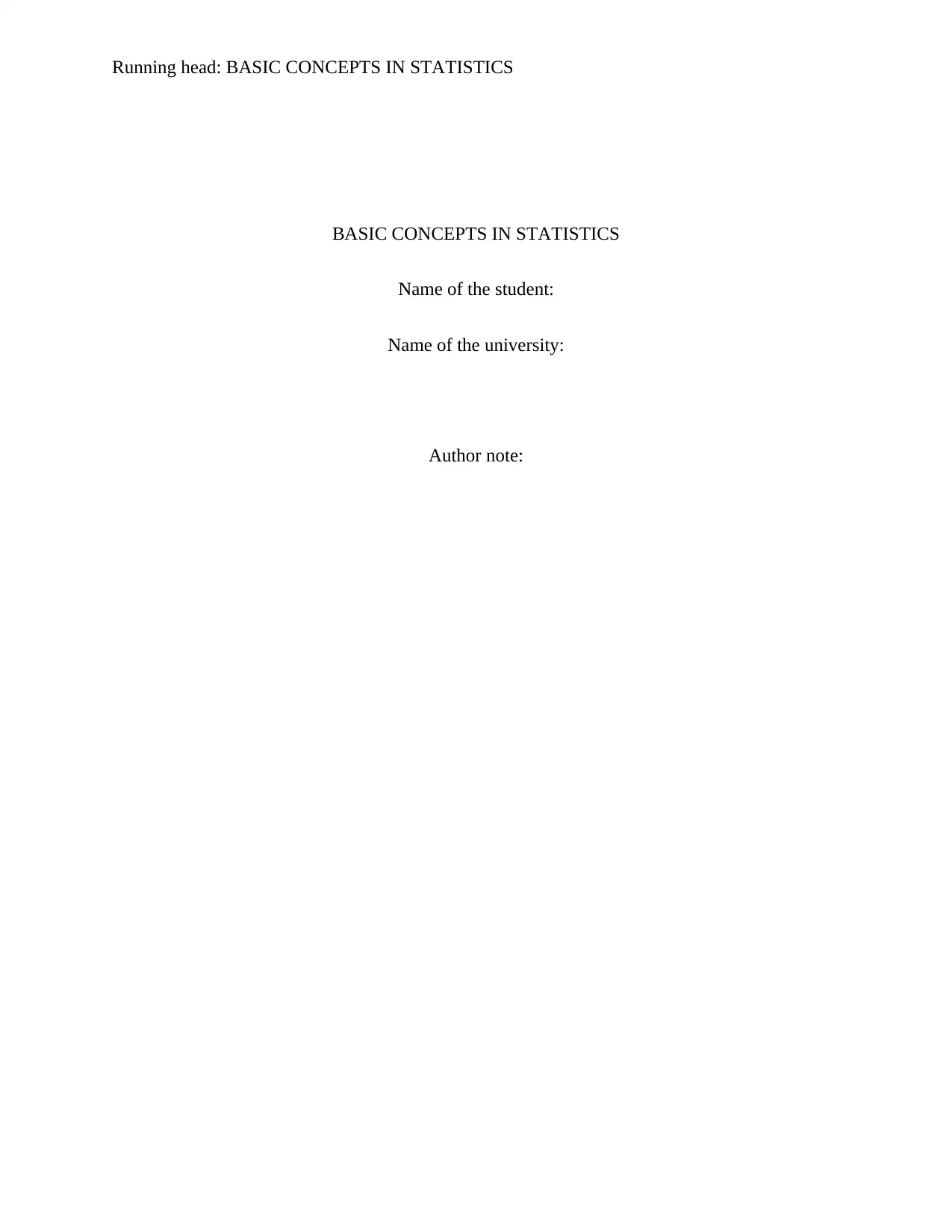

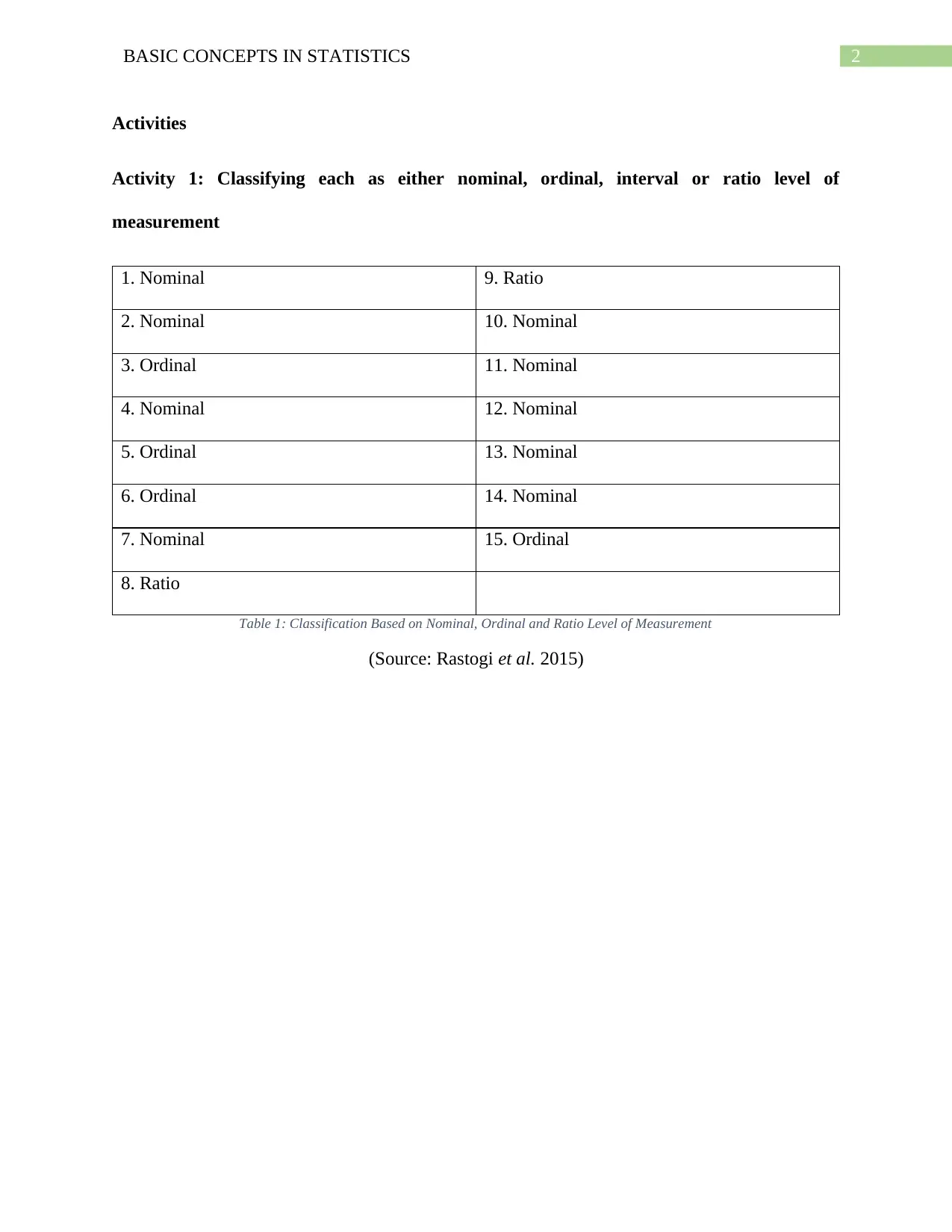

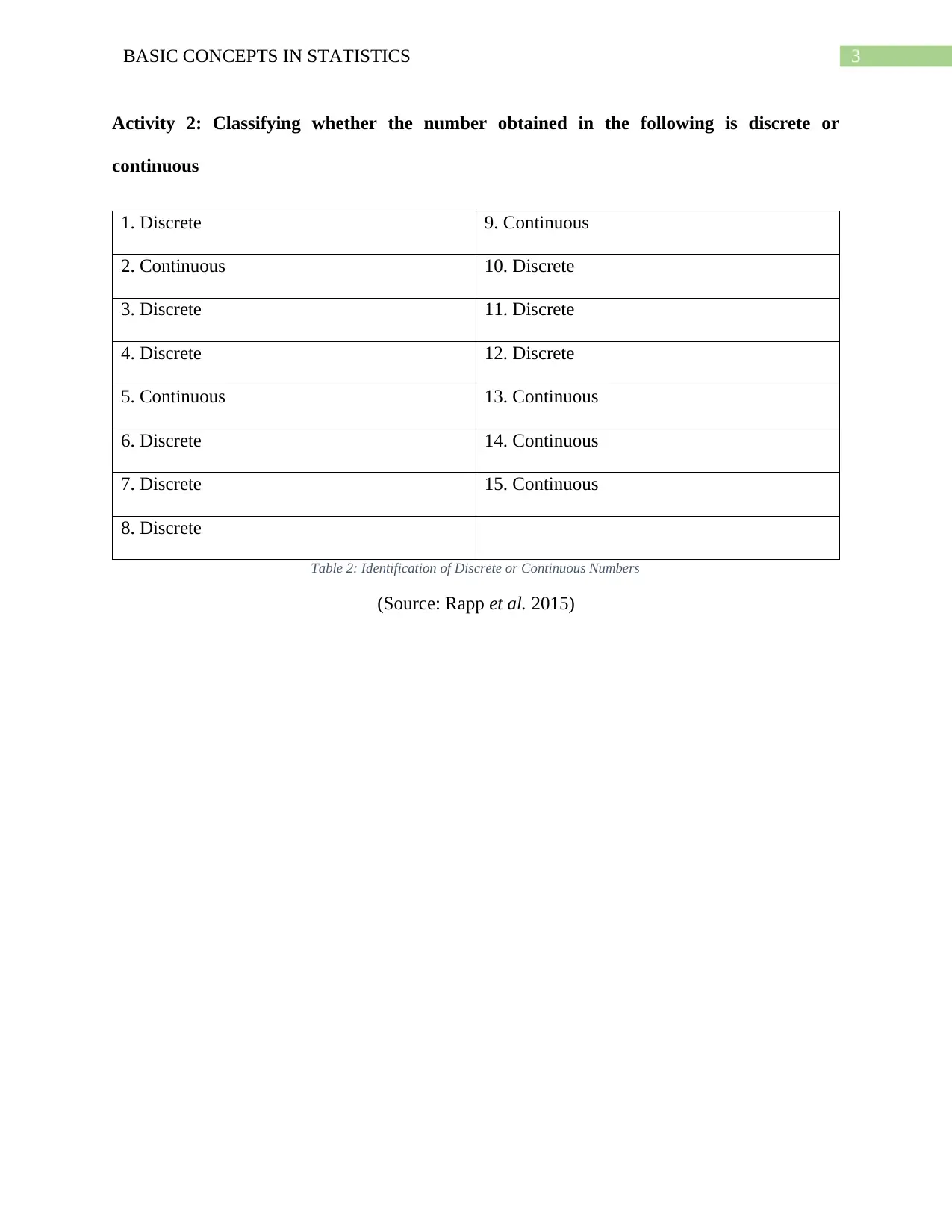
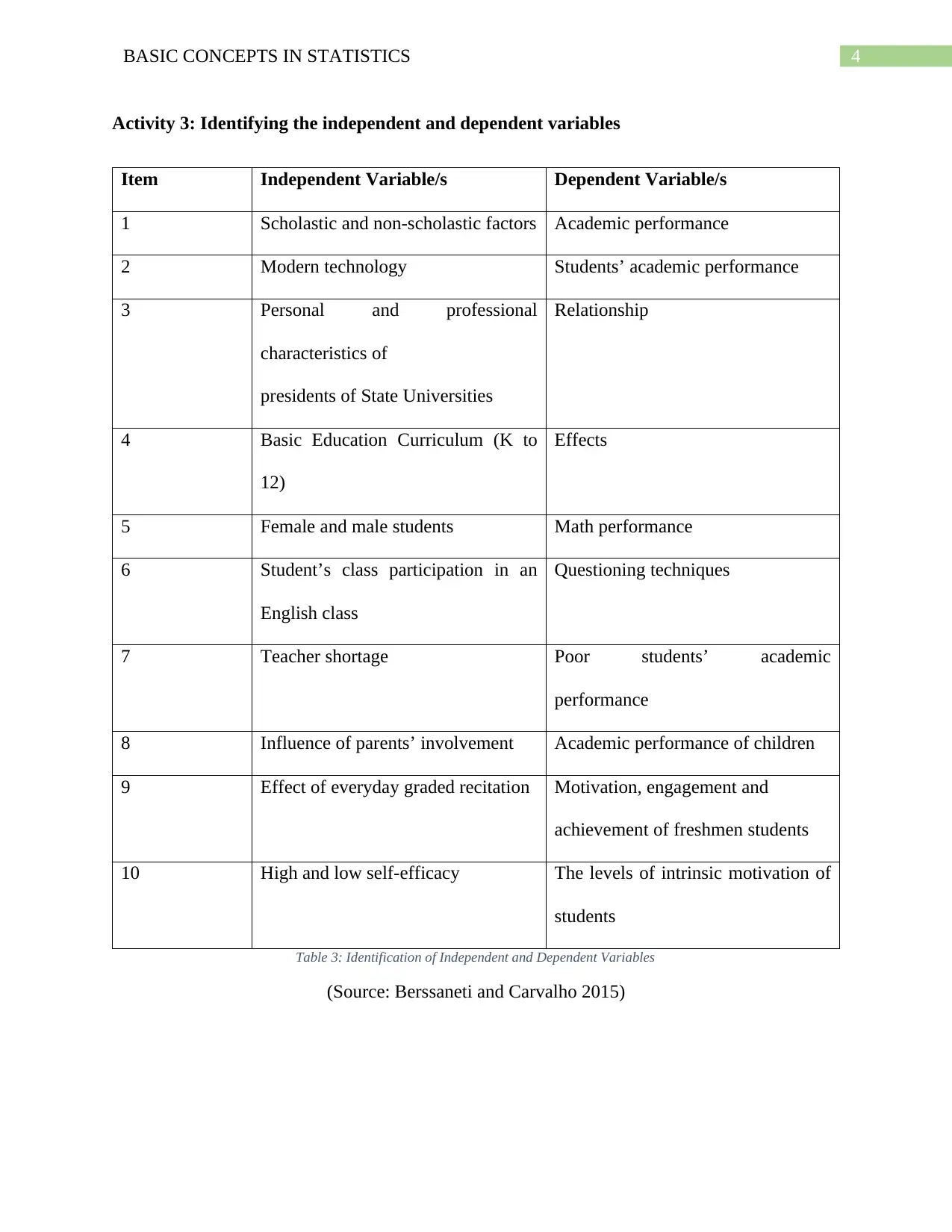
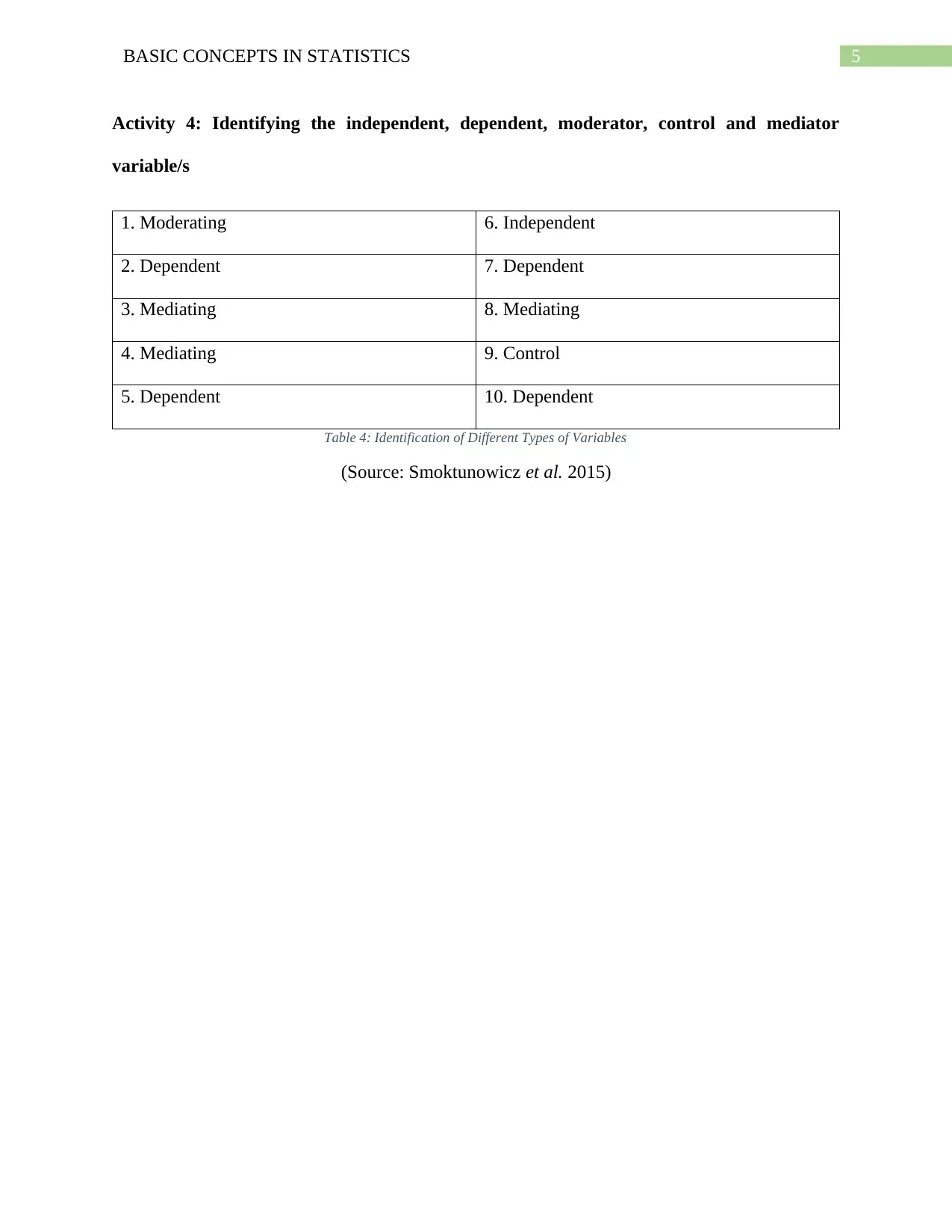
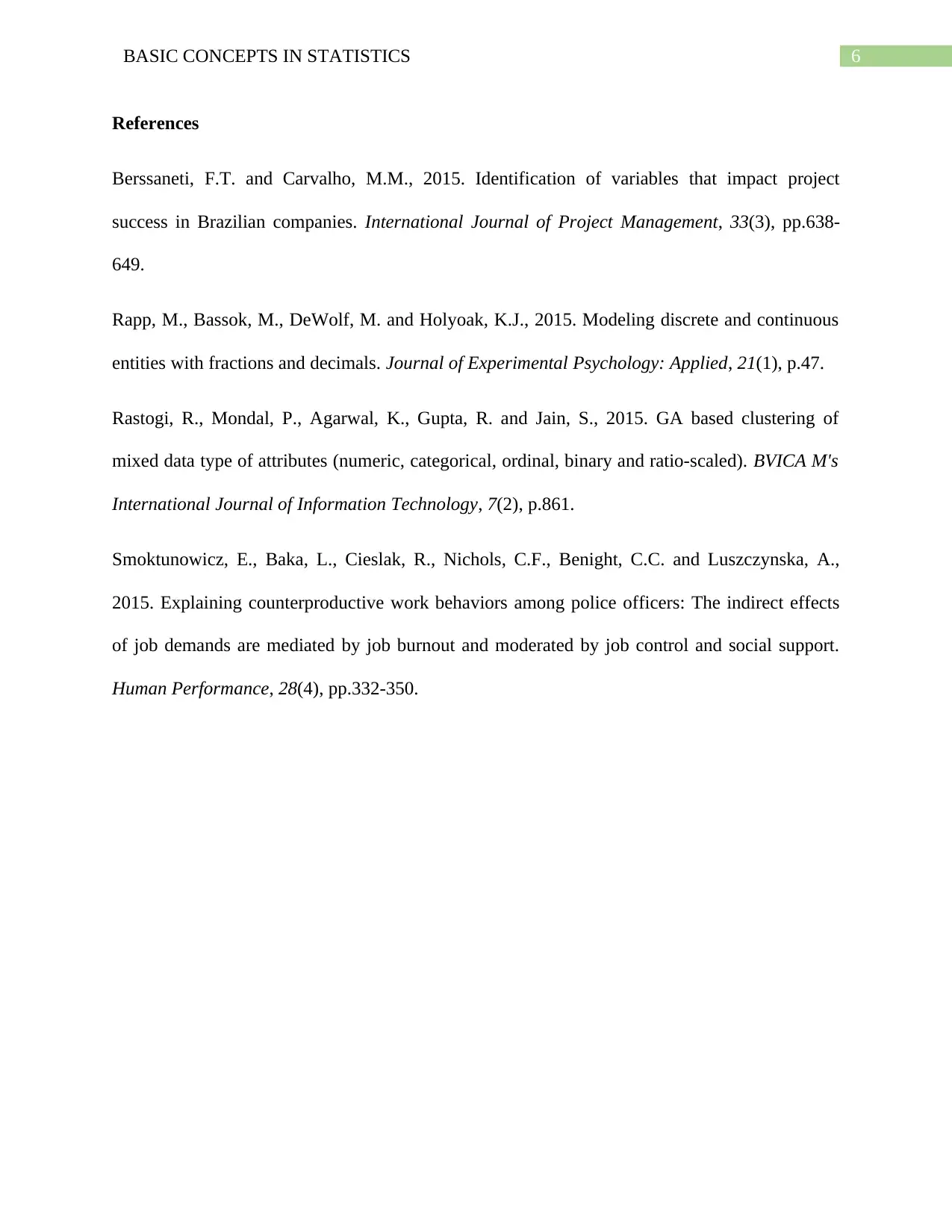

![[object Object]](/_next/static/media/star-bottom.7253800d.svg)